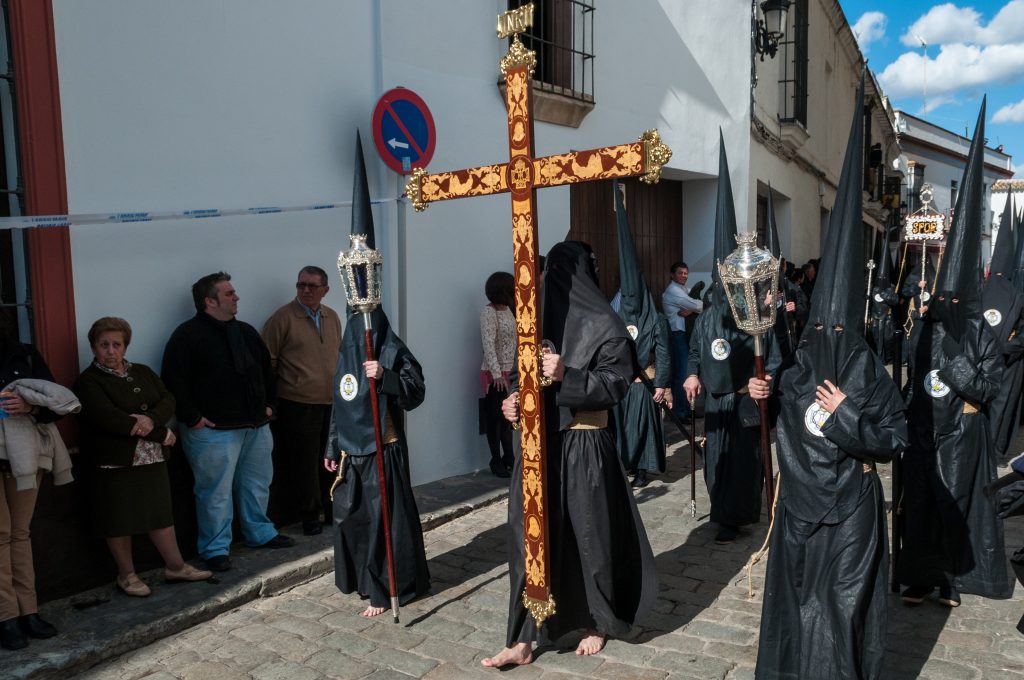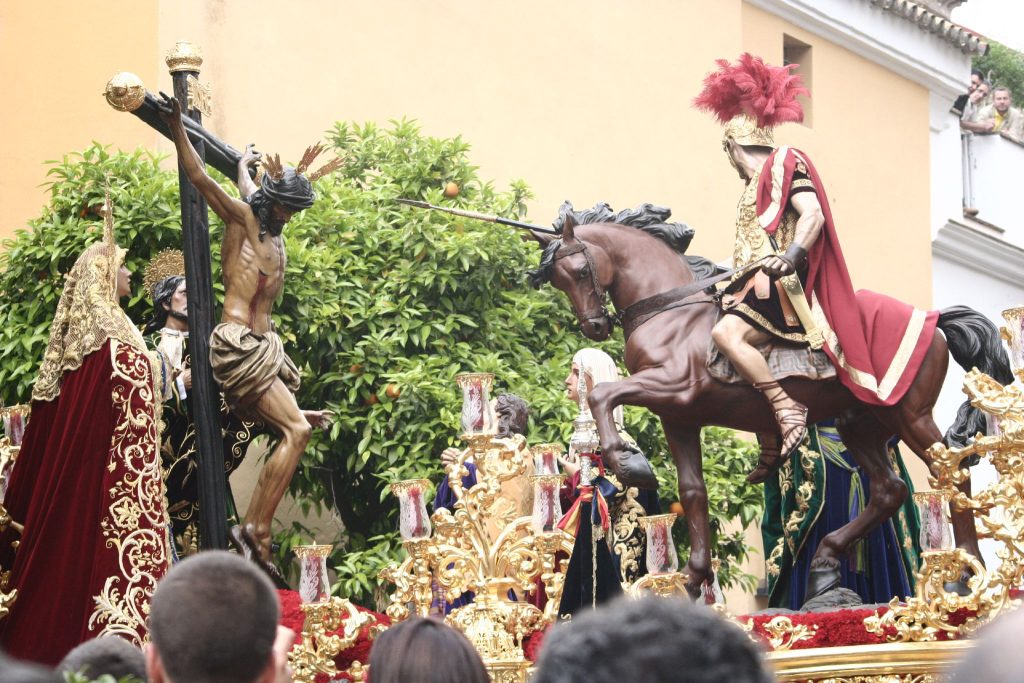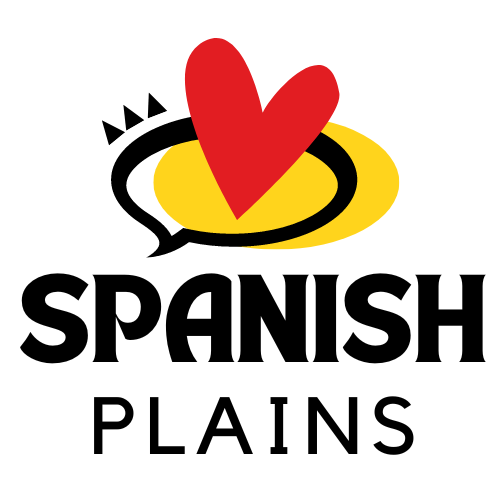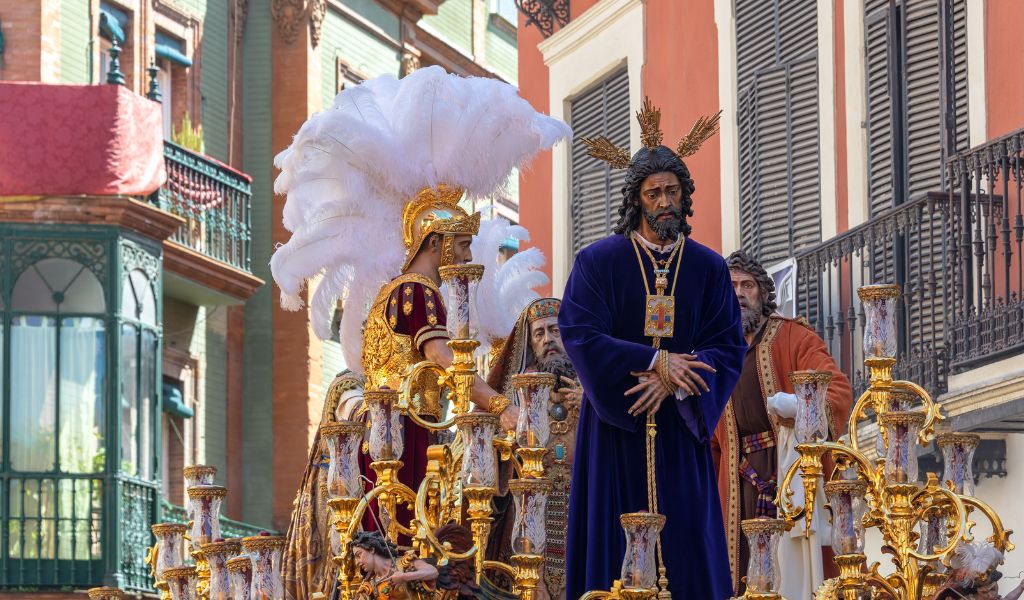Are you looking for an unforgettable cultural experience? Then look no further than Spain’s Semana Santa, or Holy Week.
This week-long event leading up to Easter Sunday involves elaborate processions, parades, and other religious ceremonies in some of the most stunning cities in the country.
From Seville to Malaga to Granada and Cordoba, each city offers a unique take on this sacred celebration.
So if you’re planning a trip to Spain this spring, make sure you don’t miss out on witnessing these incredible festivities.
What is Semana Santa?
The Semana Santa (Holy Week) celebrations in Spain is an event like no other.
It’s a week-long religious celebration leading up to Easter Sunday that involves majestic processions, elaborate parades and colorful ceremonies.
And each city has its own unique take on this sacred occasion.
So if you’re looking for an unforgettable cultural experience, make sure to add these cities to your itinerary.

Semana Santa in Seville
Seville is known for its vibrant and impressive Semana Santa celebrations with more than 60 processions taking place throughout the week.
These processions feature stunning floats or “pasos” depicting scenes from the Bible, accompanied by solemn music played by participants wearing traditional robes and hoods.
Seville’s Holy Week is a huge attraction, drawing thousands of tourists every year.
What is the schedule of events?
The schedule of events for Semana Santa changes from year to year, but typically the festivities begin on Palm Sunday and end on Easter Sunday.
On Palm Sunday, there is a procession of caballeros (men on horseback) and costaleros (men who carry floats).
Good Friday is the day of the biggest procession, which starts at 7 pm and lasts until around 2 am.
Malaga Semana Santa
Semana Santa in Malaga kicks off on Palm Sunday with a procession of cloaked figures called nazarenos.
These nazarenos march through the streets carrying wooden crosses and wearing traditional robes.
The procession is led by a float called a paso, which is decorated with religious scenes and usually has life-sized statues of Jesus or the Virgin Mary.
On Good Friday, there are more processions, this time featuring floats called tronos.
These floats are heavier than the pasos and can take up to 50 men to carry them.
The tronos depict scenes from the Passion of Christ, and they are followed by mourners dressed in black who sing hymns as they walk.
The processions continue on Holy Saturday and Easter Sunday, but they are more joyful in nature, as they celebrate the resurrection of Christ.
On Easter Sunday, you’ll see processions of costaleros—men who carry the pasos on their shoulders—wearing white robes and conical hats.
The highlight of this procession is the botafumeiro, a large incense burner that swings back and forth above the heads of the crowd.
If you’re in Malaga during Semana Santa, you won’t be able to miss these processions—they’re an integral part of the city’s culture.
So make sure to take some time out of your schedule to check them out!
Semana Santa in Granada
The heart of Semana Santa in Granada is its processions.
These are colorful parades with participants dressed in traditional garments or carrying elaborate sculptures or floats depicting scenes from the Bible.
The largest procession takes place on Good Friday when thousands of people gather in Plaza Nueva for an evening procession that winds through the streets of Granada until dawn.
Other popular events include candlelit processions on Maundy Thursday as well as concerts and open-air Masses throughout Holy Week.

Where To Go
In addition to attending processions, visitors can also explore some of Granada’s churches and religious sites during Semana Santa.
The Cathedral de la Encarnacion is always worth visiting but it takes on special significance during Holy Week when it becomes the setting for several processions and events.
Another must-see site is San Jeronimo Church which has been hosting special events since 1514.
Finally, don’t miss out on Calle Elvira which turns into “the street that cries” during Semana Santa with many locals gathering here to mourn Jesus’ death.
Semana Santa in Cordoba
In Cordoba, Semana Santa is characterized by its solemnity and elegance.
Floats often feature religious sculptures made by some of Spain’s most renowned artists.
If you’re looking for an experience that combines religion with culture, this is a great place to visit during Holy Week.
What is Semana Santa?
Semana Santa (or Holy Week) is an annual series of religious processions that takes place leading up to Easter Sunday.
During the week, various brotherhoods parade through the streets in grand processions carrying statues of Jesus and Mary.
Each procession features hundreds of participants wearing traditional capirotes (hooded cloaks) and bearing candles as they walk through the cobblestone streets.
The procession also includes musicians playing somber hymns as they accompany the figures and banners honoring Jesus Christ’s suffering and his resurrection.
The festivities begin on Palm Sunday and last until Easter Sunday, with different brotherhoods taking turns holding their processions throughout the week.
There are also several other smaller events held during Holy Week such as masses and candlelight vigils.
In addition, there are exhibitions featuring historical artifacts related to the Christian faith and artwork from local artists depicting religious themes.
It’s important to note that while Semana Santa is a religious event, it is also a cultural one as well.
People from all walks of life come to join in on the festivities regardless of their faith or beliefs.
This makes it an incredibly diverse celebration that brings together people from all over the world.
Conclusion and final thoughts…
Semana Santa is a unique and beautiful celebration of faith, culture and tradition that brings together people from all over the world.
No matter where you are in Spain during this time, there’s sure to be an amazing procession or event for you to experience.
From Granada’s candlelit processions to Cordoba’s elegant floats, these celebrations will give you a glimpse into the rich history and deep religious roots of Spanish culture.
So make sure to take some time out of your schedule next year to witness Semana Santa—it’ll be something that you won’t forget.

